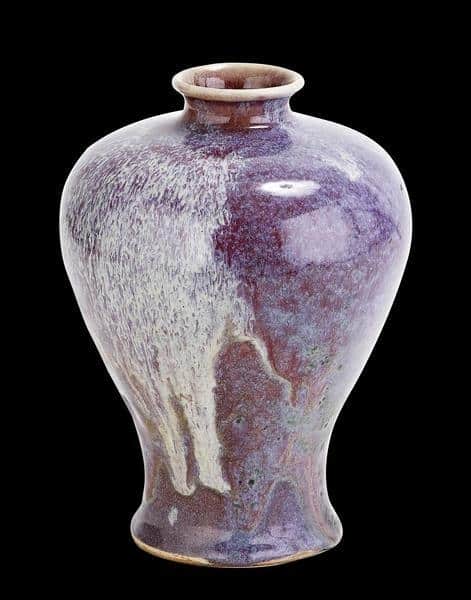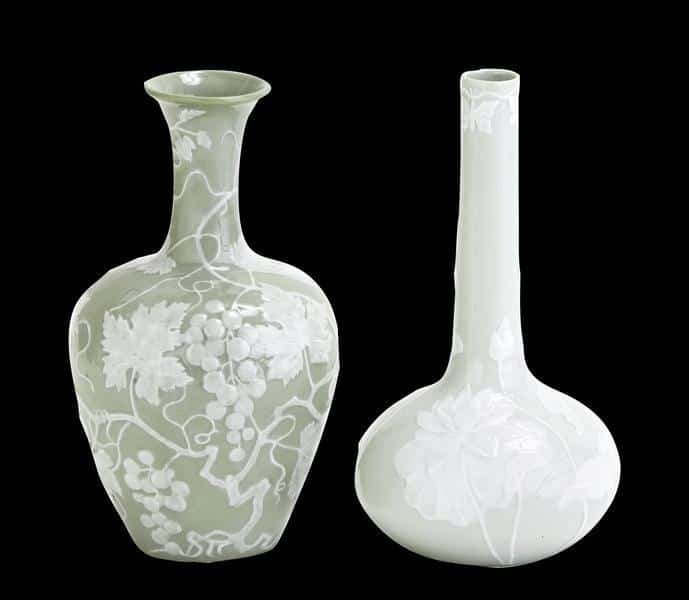Room V.
HISTORICISM AND SECESSION
The Herend Porcelain Manufactory, owned at the time by Hungarian Homeland Glassworks Co., was in a parlous financial condition at the end of the 19th century. The production of the glazed, unpainted porcelain or whiteware had become fitful, so that the painters even worked on some whiteware bought in from Bohemia, to ensure that skills and markets were retained. Even the versatile János Örley, who took over from the Czech managers, could not save the factory by changing the product structure to include some stoneware.
The business was bought by Jenő Farkasházy Fischer (1863-1926) in 1896, the year when the thousandth anniversary of the Hungarians' arrival in the Carpathian Basin was being celebrated. Farkasházy Fischer, grandson of the 'second founder', Mór Fischer, had studied in London, Berlin and Paris, and managed the porcelain-painting workshop in Ungvár (Uzhkhorod) for three years.
He had turned himself into an international authority on porcelain, and as an author, produced books about the Frenchman Bernard Palissy in 1887 and the Italian Della Robbia family in 1896.
The millenary celebrations helped to revive business at Herend, as elsewhere. The late 1890s brought some valuable artistic developments, including Hungarian-style motifs and the Near Eastern, Turkish motifs of 17th-century Habaner ware and of traditional Hungarian embroidery, and patterns with carnations, tulips and pomegranates.
These pieces in historical revival styles were often given an underglaze painting of cobalt blue, followed by detailed, meticulous overglaze painting in gold.
During his travels in Europe, Farkasházy Fischer also became acquainted with special glazing techniques that he was anxious to introduce at Herend. The resulting soft, coulé (run) glazes, crystal glazes, lustres and pâte-sur-pâte (appliqué) vases and decorative vessels won Herend a gold medal at the Paris World Exposition of 1990. This exposition was dominated by Art Nouveau, more commonly known as Sezession style in Central Europe.
ORNAMENTAL SNAKE VASE

Some new porcelain technologies were spreading out from the Copenhagen porcelain factory around the turn of the 20th century. Jenő Farkasházy Fischer, always interested in artistic innovations, soon introduced at Herend the techniques of underglaze painting and of crystal and coulé glazes, as well as pâte-sur-pâte ware, in which the floral and ornamental decoration were fashioned in relief.
VARIOUS GLAZE EXPERIMENTS ON VASES



